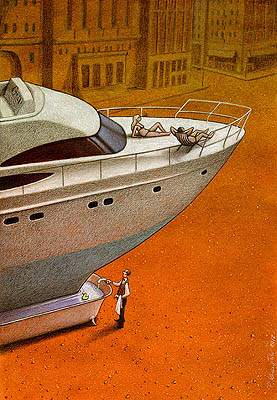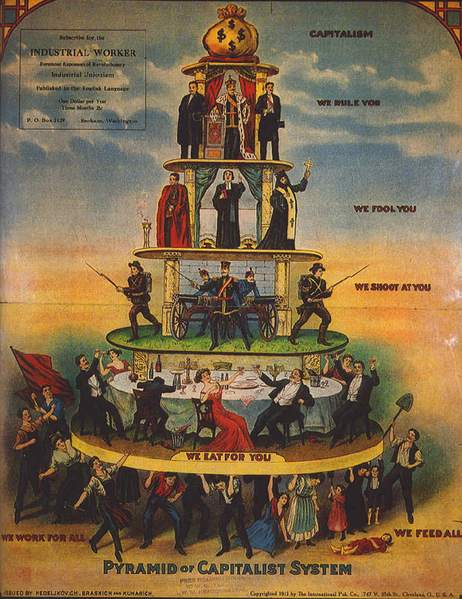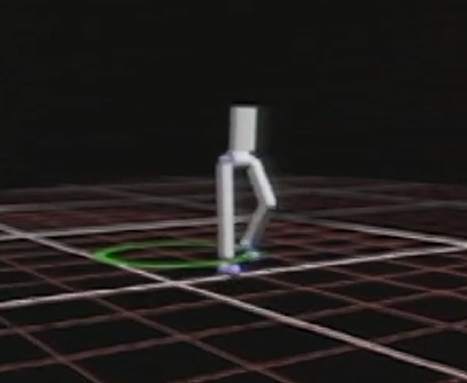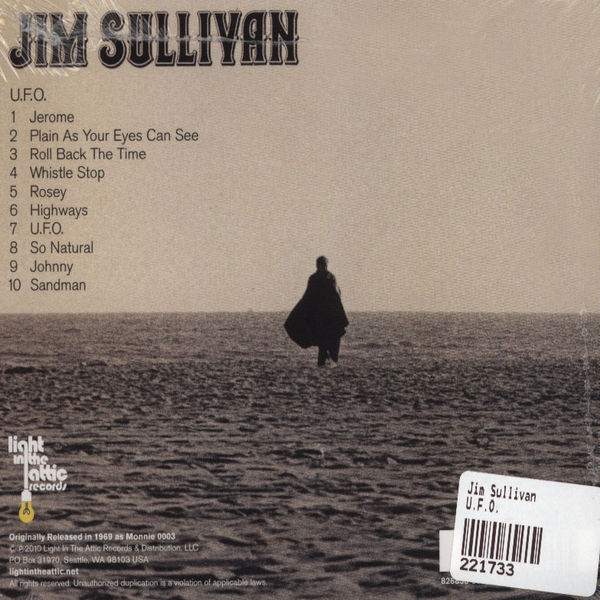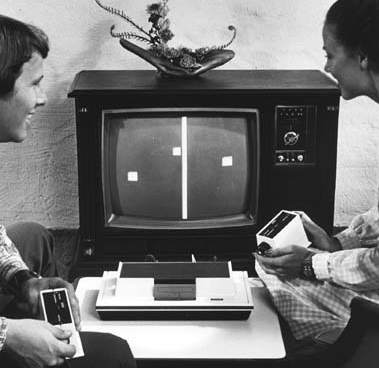Sleepers went back to work
Recently I have been reading Barry Jones’ Sleepers Wake – Technology and the future of work, written in 1982 it foresees a post service work environment, technology will have saved us from much toil and we will need a guaranteed income for all (similar to my Flat Payment) to provide for all those who are… Read More Sleepers went back to work
